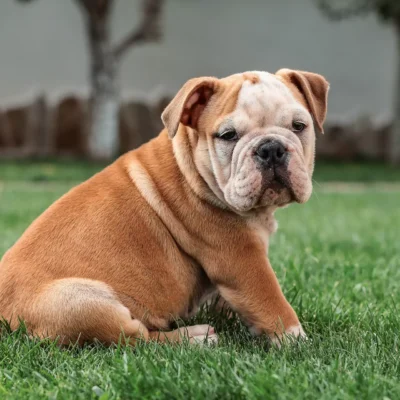If you’ve recently adopted a new dog, one of the first things you’ll need to purchase for your pet is a collar. (Your shopping list should also include toys, treats, grooming supplies, and dishes, but that’s another topic.) Every good boy needs a good collar. It’s up to you to find the right one. The question is, how do you know what to choose? There are certainly a lot of options out there. Read on to learn more about choosing the right collar for your canine companion.
The Importance of the Collar
Your furry friend’s collar is important for their safety. First of all, it connects the leash to your pup, giving you control over his movements. The leash and collar allow you to prevent him from darting away from you, perhaps running into the street or toward another animal. Even the most well-trained dogs should wear a collar and leash whenever they are taken out into the world.
Collars also provide a place to hand your dog’s ID tags. These small items are crucial for getting your furry bff returned to you in case they run away or get lost. Most vets (including us) recommend using both ID collar tags and a microchip for maximum identification potential.
Types of Collars
There are all sorts of different collar types out there. The most common is the standard flat collar, which is usually made of nylon but could also be crafted from leather or other materials. There are also Martingale collars, also known as limited-slip collars, which are useful for dogs with slender necks like Greyhounds and Whippets. Martingale collars will tighten if Fido gets too close to slipping out of their collar.
There are also various types of training collars, which might be needed depending on your dog’s behavior. There are choke collars, prong collars, spray collars, shock collars, and more. Be sure to check with your veterinarian or a professional dog trainer before using a collar of this type on your dog.
Sizing and Fit
Here’s the general rule of thumb for you to follow: you should easily be able to fit two fingers between your dog’s collar and their neck. If you can’t, it’s too tight. If you can fit more than that, it’s too loose. Remember that a collar that fits a puppy will be too small by the time they’ve grown larger. Be sure to check the fit of your dog’s collar frequently to make sure they’re comfortable.
You’re not alone in the search for the perfect collar! Contact your vet’s office for advice on the best choice for your dog.









